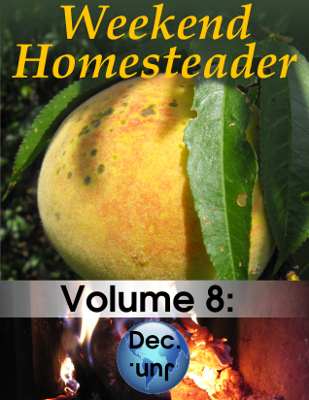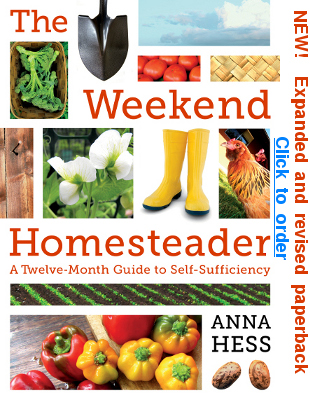
Choosing emergency sleeping bags
 Once you've chosen your
emergency winter wardrobe, I recommend you
spend the majority of the cash you've set aside for this project
on a good sleeping bag. If you snuggle down inside a sleeping bag
rated at 0 degrees Fahrenheit in all of the clothes mentioned above
(minus the boots), you'll be warm as toast no matter what happens.
Once you've chosen your
emergency winter wardrobe, I recommend you
spend the majority of the cash you've set aside for this project
on a good sleeping bag. If you snuggle down inside a sleeping bag
rated at 0 degrees Fahrenheit in all of the clothes mentioned above
(minus the boots), you'll be warm as toast no matter what happens.
When choosing sleeping
bags for power outages, you don't need to buy
the expensive, light-weight versions meant for backpacking. And
as long as you keep your bag dry, the insulating material doesn't
matter. Instead, make your choice based on two characteristics
--- temperature rating and style.
Sleeping bag temperature
ratings should be taken with a grain of salt since a 0
degree bag probably won't make you very happy in a tent on a windy
mountaintop at 0 Fahrenheit. That said, lower ratings do mean
warmer
bags, so go as low as your wallet will allow.
There are two main types
of sleeping bag styles --- mummy bags and
rectangular bags. Mummy bags are the warmest for one person
sleeping alone since they follow the contour of your body when zipped
up (and usually even include a hood to keep your head warm.) But
don't buy a mummy bag if you can't sleep in a confined situation ---- a
zipped up rectangular bag will be warmer than an unzipped mummy
bag. In addition, make sure you choose a bag that's big enough if
you're especially tall or wide.
 If you regularly sleep
with someone, you might want to choose a right
and left handed pair of sleeping bags. These bags can be used
separately or can be zipped together to make a family-sized warm spot.
If you regularly sleep
with someone, you might want to choose a right
and left handed pair of sleeping bags. These bags can be used
separately or can be zipped together to make a family-sized warm spot.
Don't just toss your
sleeping bags into the closet while waiting for a
power outage. Rectangular bags can often be unzipped so they lie
all the way flat and work as an extra comforter on your bed, allowing
you to turn down the heat at night. I enjoy slipping my mummy bag
inside the sheets to give me something to snuggle into when I first get
into my cold bed at night --- a sleeping bag heats up much faster than
a traditional bed.
I
hope you enjoy this excerpt from Weekend
Homesteader: December.
The 99 cent ebook walks you through the basics of planting your first
fruit trees,
staying warm without electricity, understanding the uses of essential
tools, and turning trash into treasures. If you're interested in
other aspects of basic emergency preparedness, Weekend
Homesteader: November gives tips on storing drinking water and the
upcoming Weekend Homesteader: January will cover backup lighting
options.
| This post is part of our Emergency Warmth lunchtime series.
Read all of the entries: |
Want more in-depth information? Browse through our books.
Or explore more posts by date or by subject.
About us: Anna Hess and Mark Hamilton spent over a decade living self-sufficiently in the mountains of Virginia before moving north to start over from scratch in the foothills of Ohio. They've experimented with permaculture, no-till gardening, trailersteading, home-based microbusinesses and much more, writing about their adventures in both blogs and books.
Want to be notified when new comments are posted on this page? Click on the RSS button after you add a comment to subscribe to the comment feed, or simply check the box beside "email replies to me" while writing your comment.

I also recommend not sleeping in the clothes you have either worn before hitting the sack, or the clothes you will wear in the morning... Instead if you want your clothes pre-warmed, put then in the bag with you during the night, but don't wear them. The issue here is really sweat, and it will feel colder in the morning with those clothes on.
That said...
The best sleeping bag I ever bought was that one I stayed in the yurt with. It's this one I think, but I bought it at a gun show for $50.
http://www.armynavysales.com/products/extreme-cold-weather-sleeping-bag-used/
I've stayed in that bag several times and have been nice and toasty every time. In the yurt, I'm pretty sure I remember single digit temps, and I didn't wake up often enough to stuff the stove. My boots froze to the floor, but I was still warm. The bag is a bit too heavy for backpacking and the like, but I think it would be downright hot in that bag into the negatives if one added a fleece liner.